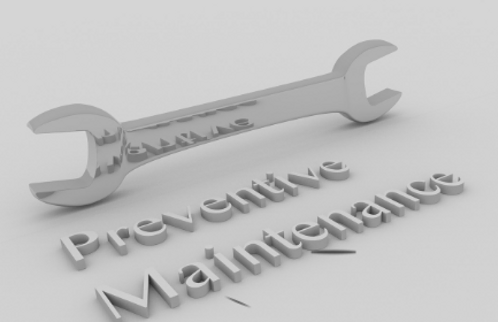Preventive maintenance, often called PM, is like a regular check-up for machines and equipment. It means fixing things before they break down to keep them working well. This helps things last longer, avoids unexpected problems, and makes everything run smoothly.
Preventive maintenance is important in many different industries because it saves time and money, keeps things safe, and ensures everything works properly. This article will talk about preventive maintenance, why it’s essential, and how it’s used in different industries.
Key Concepts of Preventative Maintenance
Reduced downtime and expensive repairs are two of preventative maintenance’s core goals. By extending the equipment’s lifespan and lowering the need for replacement, this step controls operational costs by using less energy and requiring fewer emergency repairs.
The following are the top three preventative maintenance strategies:
- Time-based maintenance involves scheduled upkeep at regular intervals. This is suitable for predictable wear and tear
- Usage-based maintenance is connected to operational use. An example is how long a machine has been used or its capacity to produce the expected work.
- Condition-based maintenance uses real-time machine monitoring to make sure that the issue is acted upon immediately
Within preventive maintenance, common tasks include lubrication, inspections, cleaning, and calibration. Lubrication involves applying appropriate lubricants to reduce friction, prevent overheating, and preserve efficiency.
Common Challenges in Preventative Maintenance
Preventative maintenance is like giving your bike a regular checkup to keep it running smoothly. It’s important in different industries to make sure machines and systems work well. This includes checking, fixing, and changing parts on a schedule to avoid unexpected problems. There are some common issues that can make it hard to do this kind of maintenance properly:
Resistance to Change
One big problem is when employees and bosses resist making changes to how they do maintenance. Sometimes, they don’t see why they should change, or they’re worried about losing their jobs if machines start doing the work. To fix this, organizations need to talk to their workers, train them, and let them have an input in how things change.
Resource Constraints
Oftentimes, there’s not enough money or people to do all the maintenance work. This can mean machines don’t get fixed on time, and there’s a big pile of work to do. Not having the right tools or software can also slow things down. Most of the time, organizations have to hire outside help or use technology to make the work easier which eventually ends up costing more money.
Unplanned Downtime
Preventative maintenance is supposed to stop this issue but it can still happen. That’s because it’s not always easy to predict when a machine will stop working. When it does, it can cause a lot of problems and costs.
Balancing between planned maintenance and fixing urgent issues can also be tricky. Organizations need to have clear plans for what to do when something breaks. They should keep spare parts on hand and learn from past breakdowns to do better next time.
Preventative Maintenance in Different Industries
Many industries also take special steps to keep their equipment and machines running smoothly. This helps prevent problems and makes sure everything works as it should. Take a look at how different industries use these checkups:
Manufacturing Industry
This industry uses preventive maintenance to keep their machines and equipment in good shape. They do things like checking them regularly, putting oil on the moving parts, making sure they’re set up right, and replacing worn-out machine parts.
Healthcare Industry
For this industry, it’s all about making sure medical tools and machines are working perfectly. This means checking, testing, cleaning, and keeping records. They also have backup plans in case something goes wrong.
Information and Tech Industry
This industry focuses on network monitoring, cooling, checking hardware, upgrading software, and backing up data
Transportation Industry
The transport industry practice preventive maintenance by inspecting vehicles, maintaining roads/tracks, ensuring safety systems work, checking infrastructure, and planning for emergencies
Future Outlook for Preventative Maintenance
Preventive maintenance is super important for businesses because it helps them save money, makes things safer, and keeps everything working better. The future looks bright for preventive maintenance because new technology and smart predictions will make it even better and more eco-friendly.







